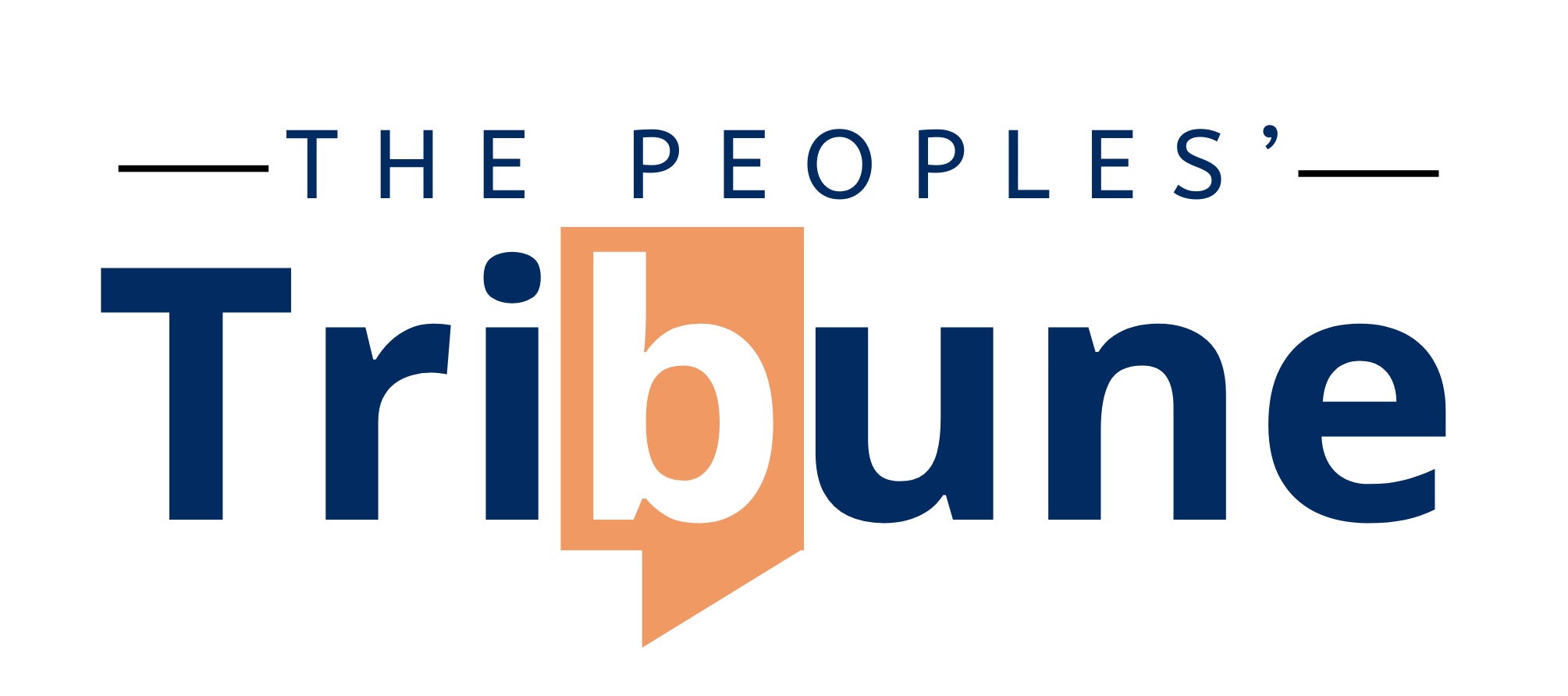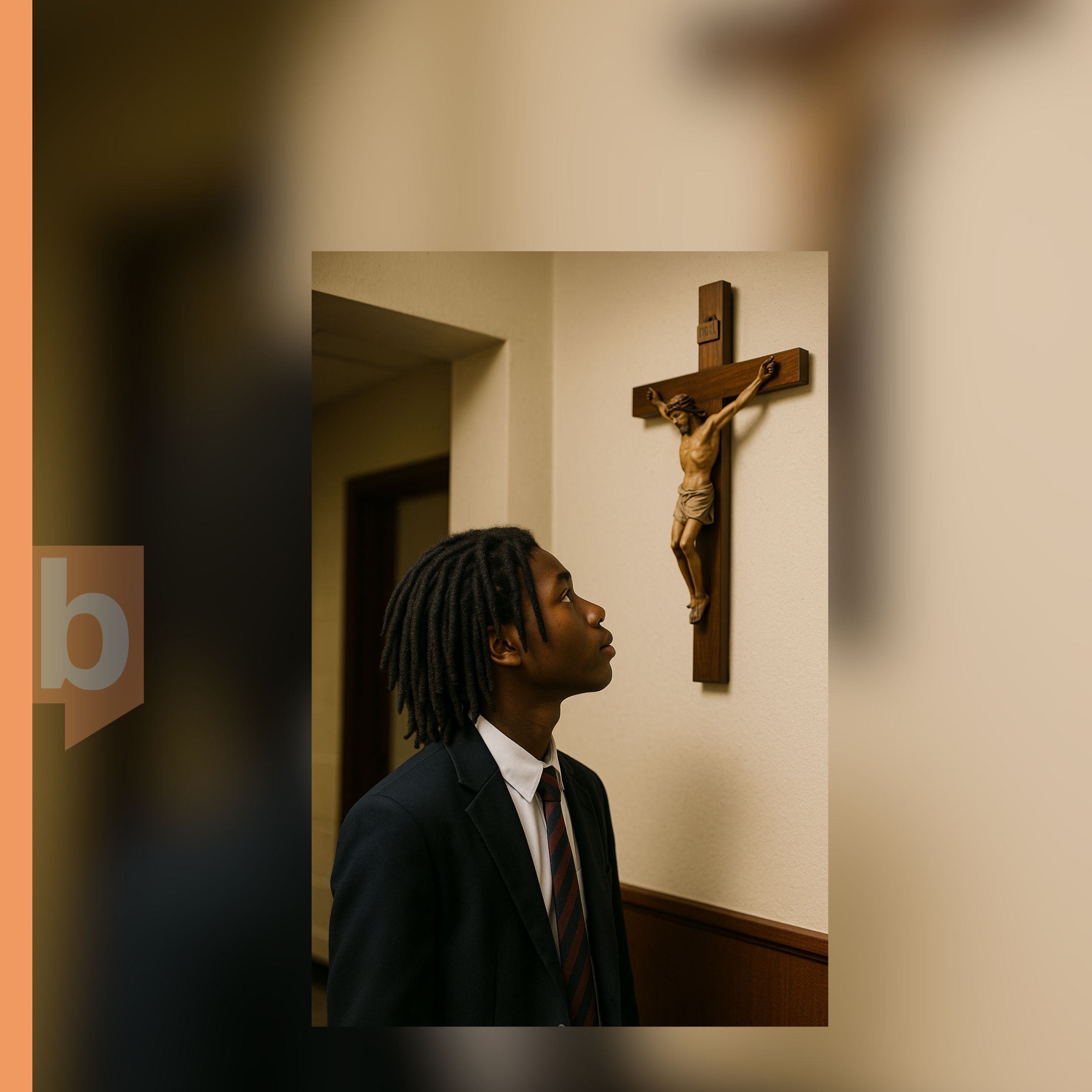Around the world, in Catholic classrooms from Harrow to Port of Spain, from Accra to Osaka, the question is no longer whether hair is “just hair”. Courts, commissions and education ministries are increasingly treating hair rules as race or religion by proxy, and students have begun to win. The legal tide is running toward bans on hair discrimination in schools. Catholic systems, which educate tens of millions of pupils worldwide, are adapting, sometimes slowly, sometimes by quietly rewriting the same old controls into new uniform codes. The result is a rolling contest of principles, parents and policy.
𝐔𝐍 𝐚𝐧𝐝 𝐄𝐔 𝐚𝐧𝐜𝐡𝐨𝐫𝐬
Global law now leaves less room for exclusionary grooming rules in education. The 1960 UNESCO Convention against Discrimination in Education prohibits discrimination and segregation in all forms of schooling, public and private, because of race, religion or social origin, and it requires states to end exclusionary practices in admission and discipline.
Children’s rights treaties add force. Articles 28 to 30 of the UN Convention on the Rights of the Child guarantee education without discrimination and protect minority cultural and religious expression, and Article 26 of the ICCPR bars discrimination in law and practice.
Inside the European Union, the Race Equality Directive, 2000/43/EC, reaches education. It bans direct and indirect discrimination based on racial or ethnic origin in both public and private schools. That standard, read with the EU Charter and national equality acts, is the backbone for challenges to rules that look neutral on paper but penalize Black and minority students in practice.
𝐖𝐡𝐚𝐭 𝐂𝐚𝐭𝐡𝐨𝐥𝐢𝐜 𝐬𝐜𝐡𝐨𝐨𝐥𝐬 𝐝𝐨 𝐢𝐧 𝐩𝐫𝐚𝐜𝐭𝐢𝐜𝐞 𝐭𝐨 𝐤𝐞𝐞𝐩 𝐨𝐥𝐝 𝐜𝐨𝐧𝐭𝐫𝐨𝐥𝐬
The playbook is strikingly consistent. Hair rules are reframed as neutral “uniformity” and “neatness” measures, or as health and safety controls. Policies ban “extreme” or “attention-seeking” styles, or prohibit extensions, beads and “volume,” which in effect capture braids, locs and Afros. Enforcement is pushed into enrollment contracts and discipline ladders, and exemptions are narrowed to belief systems that administrators recognize as explicitly religious rather than cultural.
You can see the mechanics in the case record. In England, St Gregory’s Catholic Science College in Harrow tried to bar a Black boy from attending with cornrows. The High Court held the rule indirectly racially discriminatory, and said genuine cultural practice required an exception.
In Birmingham, a mother said Bishop Challoner Catholic College segregated her daughter over braided cornrows, after which the school insisted braids were allowed while still policing patterns and “presentation”.
In Louisiana, Christ the King Elementary, a Roman Catholic school, sent home an eleven-year-old for box braids under a new rule that banned extensions. The Archdiocese reviewed the policy only after litigation threats and national attention.
Catholic administrators also commonly argue that as private religious schools they can enforce uniform codes that promote a particular ethos. Where national law carves out religious-school leeway, those claims get traction, but where equality law treats hair as race-linked expression, the same claims tend to fail.
Regulators have started to call these tactics out. The UK Equality and Human Rights Commission warns schools that bans on locks, braids, cornrows, Afros or “excessive volume” will often be unlawful indirect race discrimination, and it has funded legal action to force policy rewrites.
𝐀𝐟𝐫𝐢𝐜𝐚, 𝐰𝐡𝐞𝐫𝐞 𝐜𝐨𝐮𝐫𝐭𝐬 𝐚𝐫𝐞 𝐟𝐨𝐫𝐜𝐢𝐧𝐠 𝐬𝐜𝐡𝐨𝐨𝐥𝐬 𝐭𝐨 𝐜𝐡𝐚𝐧𝐠𝐞
South Africa: Years of activism by pupils, including the Pretoria Girls High protests, forced reviews of hair codes that targeted Afros. Officials have acknowledged that rules were discriminatory and pushed schools to align with constitutional equality guarantees.
Ghana: In 2021 the Accra High Court ordered Achimota School to admit two Rastafarian students with locs, ruling that exclusion violated the right to education and religious freedom. The case became a national reference point for school policy reviews.
Kenya: A 2019 High Court decision protected a Rastafarian student’s right to keep locs, finding shaving demands discriminatory and unlawful under the Constitution.
Malawi: In 2023 the High Court declared bans on dreadlocks in government schools unconstitutional, pushing administrators to accommodate Rastafarian pupils.
𝐓𝐡𝐞 𝐀𝐦𝐞𝐫𝐢𝐜𝐚𝐬, 𝐰𝐡𝐞𝐫𝐞 𝐥𝐞𝐠𝐢𝐬𝐥𝐚𝐭𝐢𝐨𝐧 𝐢𝐬 𝐬𝐩𝐫𝐞𝐚𝐝𝐢𝐧𝐠
United States: The CROWN Act, which defines race to include hair texture and protective styles, has passed in a growing list of states and often applies to K-12 schools. Yet enforcement remains contested. In Texas, a student with locs was kept in in-school suspension under a “length” rule, and the district argued it was CROWN-compliant because it was race-neutral. States and courts are now wrestling with how “length” and “neatness” clauses interact with CROWN protections.
Canada: Human rights bodies are moving the issue into schools through systemic anti-Black racism work. The Ontario Human Rights Commission’s 2025 action plan flags appearance-based discipline as part of the discrimination problem and puts school boards on notice to revise policies.
Puerto Rico: Lawmakers have advanced explicit bans on hair discrimination, focusing on Afros, locs and braids as protected styles. The push mirrors CROWN-style reforms.
𝐓𝐡𝐞 𝐂𝐚𝐫𝐢𝐛𝐛𝐞𝐚𝐧, 𝐰𝐡𝐞𝐫𝐞 𝐭𝐡𝐞 𝐥𝐚𝐰 𝐢𝐬 𝐜𝐚𝐭𝐜𝐡𝐢𝐧𝐠 𝐮𝐩 𝐭𝐨 𝐜𝐮𝐥𝐭𝐮𝐫𝐞
Jamaica: After a 2020 Supreme Court ruling allowed a dreadlocks ban at a primary school, appeals and political pressure shifted the ground. In July 2024 the Court of Appeal held the ban breached a student’s constitutional rights, and ministers signaled policy changes to ensure hairstyles do not bar access to education.
Anguilla: In 2022 the island adopted a national policy against hair discrimination in schools, expressly allowing braids, locs and twists.
Barbados: The Ministry of Education has been reviewing school grooming rules to ensure students are not discriminated against for natural or protective styles.
Trinidad and Tobago: The Equal Opportunity Act bans discrimination in education, and officials have publicly linked that duty to the handling of hair rules, although there is not yet a hair-specific statute.
𝐀𝐬𝐢𝐚-𝐏𝐚𝐜𝐢𝐟𝐢𝐜, 𝐰𝐡𝐞𝐫𝐞 𝐫𝐮𝐥𝐞𝐛𝐨𝐨𝐤𝐬 𝐚𝐫𝐞 𝐥𝐨𝐨𝐬𝐞𝐧𝐢𝐧𝐠
Japan: After years of “black-hair” enforcement, in 2022 Tokyo’s public high schools scrapped rules requiring naturally brown-haired students to dye their hair black. Courts have awarded damages where enforcement caused harm, even when the written rules survived review.
Australia: States remind schools that dress codes must comply with anti-discrimination law. Recent reporting and research have documented hair-based exclusions and called for culturally inclusive policies, especially for African-Australian students.
New Zealand: The Human Rights Commission has issued guidance to boards on uniforms and appearance that emphasizes non-discrimination and cultural respect, and independent resources now give step-by-step templates for inclusive school policies.
𝐖𝐡𝐚𝐭 𝐭𝐡𝐢𝐬 𝐦𝐞𝐚𝐧𝐬 𝐢𝐧𝐬𝐢𝐝𝐞 𝐂𝐚𝐭𝐡𝐨𝐥𝐢𝐜 𝐬𝐲𝐬𝐭𝐞𝐦𝐬
Catholic education leaders now operate under clearer guardrails. In the EU, race-linked hair rules are presumptively unlawful unless narrowly justified, and UN instruments set the expectation that cultural and religious expression will be accommodated. In common-law countries, parents are winning on indirect discrimination and religious freedom grounds. Where ministries have not yet issued explicit hair guidance, equality and human rights bodies are signaling that “neutral” bans on braids, beads, extensions, locs and Afros will almost always fail.
𝐓𝐡𝐞 𝐪𝐮𝐢𝐞𝐭 𝐰𝐨𝐫𝐤𝐚𝐫𝐨𝐮𝐧𝐝𝐬 𝐭𝐨 𝐰𝐚𝐭𝐜𝐡 𝐟𝐨𝐫
Length and volume clauses: schools swap explicit bans for maximum length in millimeters or “low volume” wording, which often reproduces the disparate impact on Afro-textured hair. UK guidance treats this as indirect discrimination unless objectively justified.
Health and safety framing without evidence: rules cite hygiene or lice risk to bar locs or braids, a rationale Jamaican courts and ministries have begun to reject.
Enrollment contracts and “ethos” language: handbooks require parents to accept appearance rules as a condition of admission. Equality statutes in many jurisdictions still apply to private religious schools in their service to the public, and cannot be contracted out of for race-linked impacts. EU law is explicit on this point.
Case-by-case “discretion”: Schools hold veto power over “unusual” styles. Discretion without criteria is exactly what equality bodies flag as a bias gateway.
𝐖𝐡𝐞𝐫𝐞 𝐭𝐡𝐞 𝐦𝐨𝐯𝐞𝐦𝐞𝐧𝐭 𝐢𝐬 𝐡𝐞𝐚𝐝𝐞𝐝
A workable settlement has emerged in countries that have confronted the issue openly.
Publish short, specific lists of truly necessary limits, for example tie hair back in labs and kitchens, secure styles for contact sport, use hairnets around machinery. Replace aesthetic language with task-based rules. This is what EU proportionality analysis expects.
Name protected styles and textures in policy, so Afros, locs, braids, twists and cornrows are explicitly allowed when clean and safe. This is the Anguilla and EHRC model, now echoed by other Caribbean ministries.
Train staff on indirect discrimination and cultural expression, and remove discipline ladders that push pupils out of class for hair code issues. Canadian and UK human rights guidance make this a baseline.
Create a fast accommodation route, so families can resolve disputes without exclusion or litigation, and publish data on appearance-related discipline by race and gender. This is appearing in equality-body action plans.
The picture is not uniform, but the global direction is plain. UN and EU frameworks leave little cover for race-coded grooming rules in education. Courts from London to Accra and Lilongwe are reading constitutions and equality acts to protect locs and braids. The Caribbean is writing protections into policy and law. Japan is dismantling some of its most intrusive school appearance rules. In the United States the CROWN Act has momentum.
For Catholic school systems, this is a moment to lead rather than to litigate. The mission can sit comfortably with inclusive policies that respect culture and faith. The law, increasingly, says it must.
Join Our Community Today
Subscribe to our mailing list to be the first to receive
breaking news, updates, and more.






%20(412%20x%20570%20px)%20(412%20x%20340%20px).jpg)